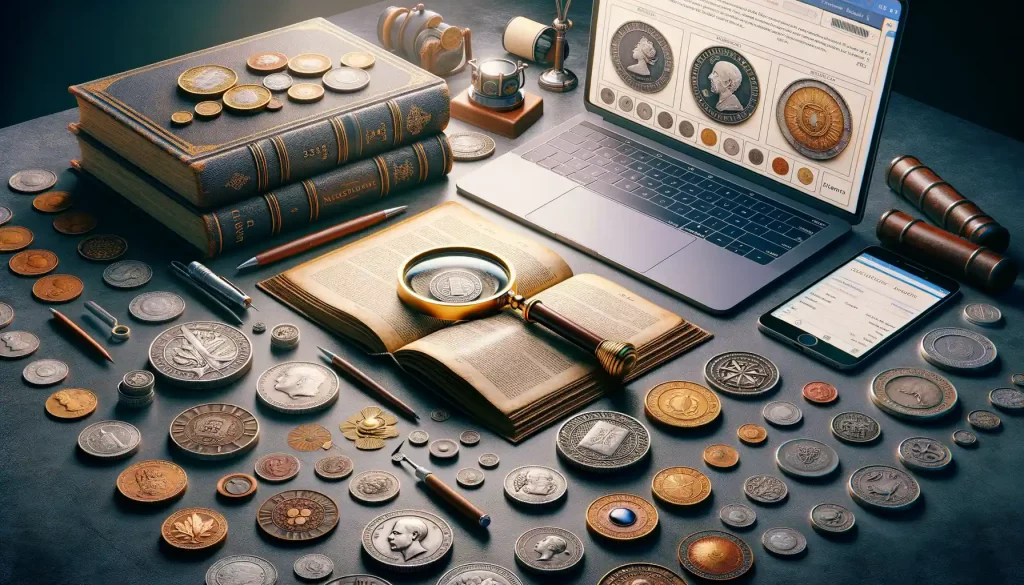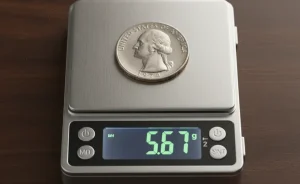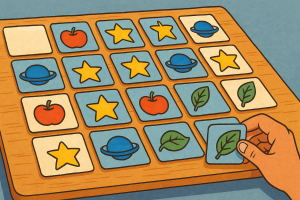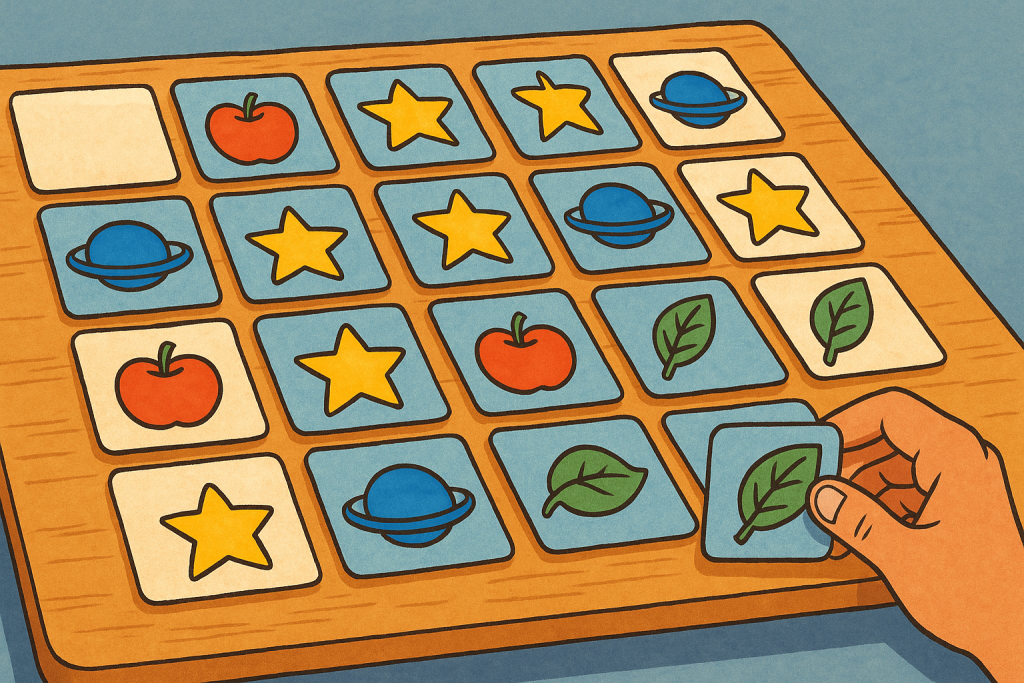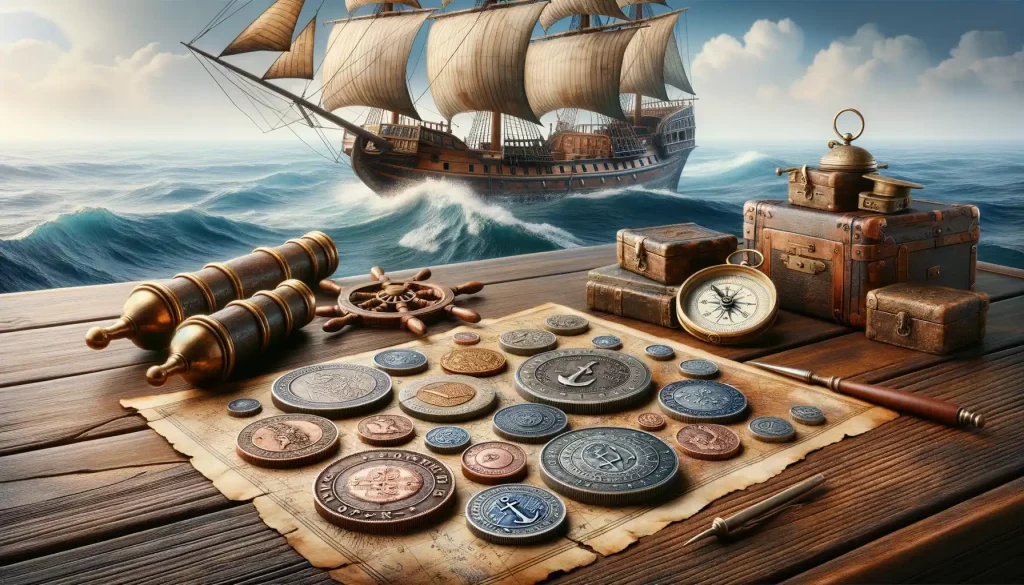Understanding the Basics of Coin Valuation
Have you ever held an old coin in your hand and wondered, “What stories could this tiny treasure tell?” Coin valuation is so much more than dollars and cents—it’s about history, artistry, and sometimes a touch of mystery. Let’s peel back the layers and explore how we uncover a coin’s worth.
The Secret Language of Coins
A coin speaks through its condition, rarity, and historical significance. Ever noticed those tiny scratches on its surface? That’s called its “grade,” and it plays a massive role in determining value. A well-preserved coin might be worth several times more than one that’s heavily worn. Rarity sings a different song—limited-edition coins or those tied to unique events can skyrocket in value. And let’s not forget history: coins with connections to significant moments often become the crown jewels of collections.
Here’s what typically guides initial coin appraisals:
- Date and mintmark: The year stamped and where it was minted.
- Metal composition: Gold, silver, copper—each carries distinct value.
- Design and inscriptions: Unique artistry elevates desirability.
Why Context Matters
Picture this: two identical-looking coins sit on a table. One was part of a common run, while the other marked the end of an era. Which one holds more charm—and cash? Coin valuation thrives on context. It’s about untangling the web of stories, dates, and quirks hiding in plain sight. Ready to dive deeper? You’re already off to a sparkling start!
Factors That Influence a Coin’s Value
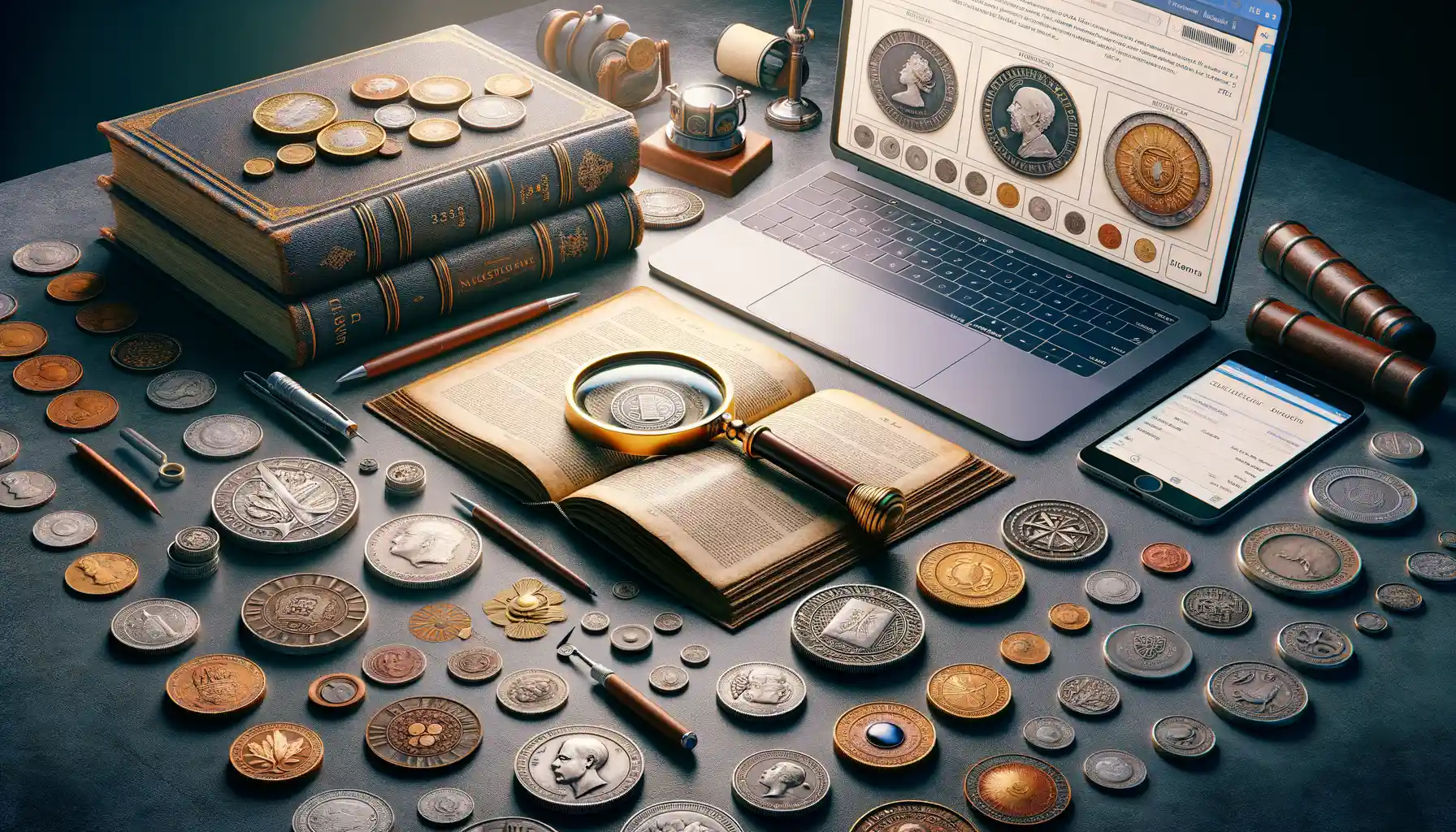
The Role of Rarity in Coin Value
When it comes to determining the worth of a coin, rarity is a showstopper. Imagine stumbling across a limited-edition painting—its scarcity alone sends collectors into a frenzy. Coins are no different! A coin’s rarity depends on factors like its mintage (how many were produced), survival rate (how many have lasted over time), and historical quirks. For instance, if a mint accidentally produced a batch with errors—think a missing date or inverted image—that “oops” could turn your ordinary penny into a treasure worth thousands.
But keep in mind, rarity isn’t always obvious. Some coins, like the beloved 1909-S VDB Lincoln cent, might look modest to the untrained eye. Yet to collectors, it’s a masterpiece of scarcity and intrigue. Never underestimate those dusty little pieces jingling in your drawer!
Condition and Eye Appeal
Picture this: two coins from the same year, but one sparkles like it just left the mint, while the other looks like it survived a century in someone’s pocket. Big difference, right? A coin’s condition—or grade—is a massive factor in its value. Collectors love coins that are crisp, clean, and free of scratches or wear.
Some key details to look out for include:
- Luster: Does the coin gleam under light, or does it look dull?
- Strike: Are the details sharp and well-defined?
- Damage: Are there dents, bends, or discolorations?
Even subtle differences in condition can send a coin’s value soaring—or crashing. So take a good look. Sometimes, beauty really is in the details!
Steps to Evaluate Your Coin Collection
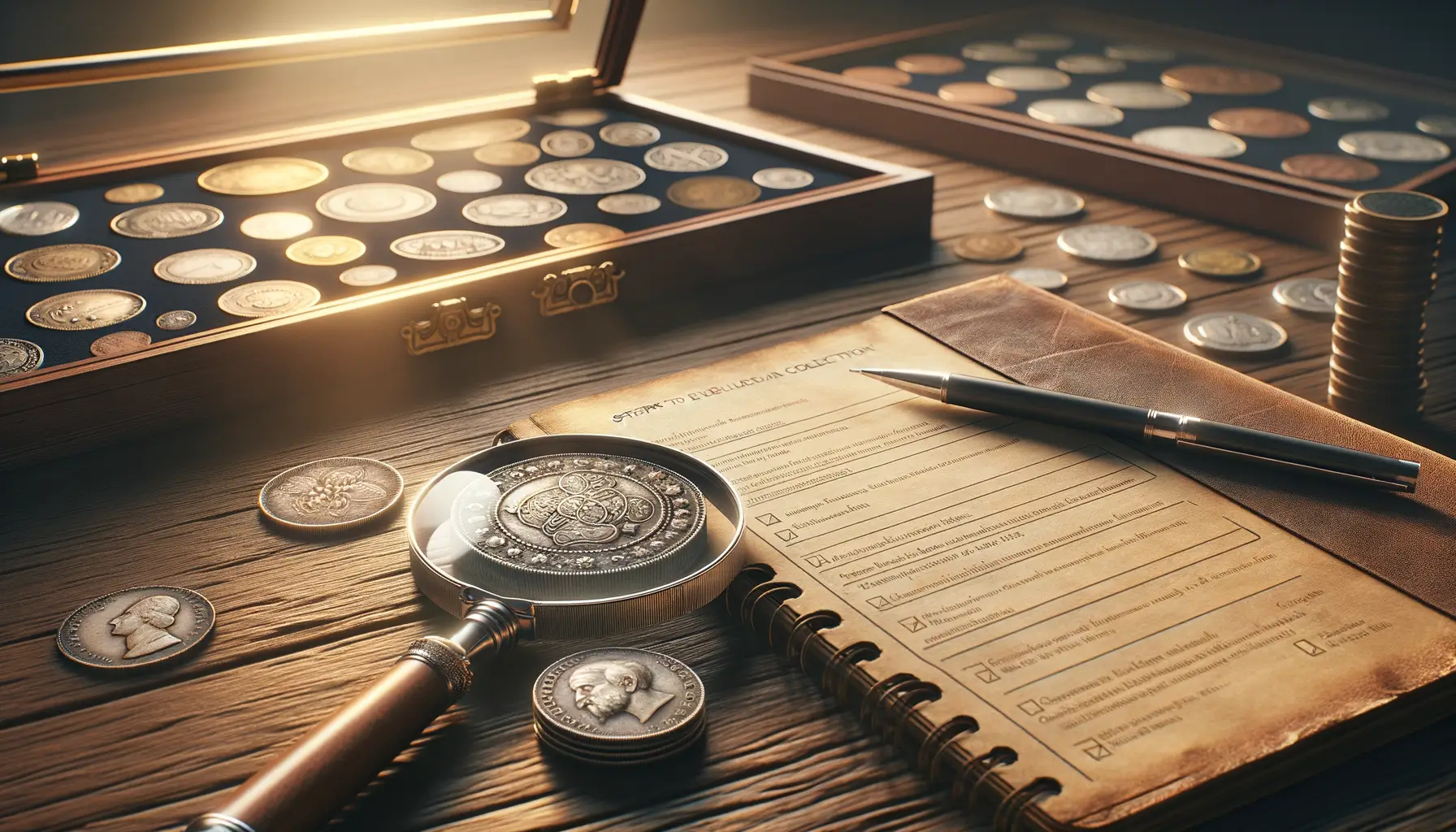
Start with a Visual Inspection
Your treasure hunt begins with your eyes. Pull out that collection and really take a moment to admire it. Does the coin’s design dazzle, or is it dulled by tarnish? Look for details like dates, mint marks, and overall condition. A shiny finish doesn’t always mean high value—rare coins often wear their age like a badge of honor. Use a magnifying glass to spot tiny details (and imperfections) that could set one coin apart from the rest.
Is there unusual imagery? Maybe an old Buffalo nickel or an odd-shaped commemorative piece? These quirks could be golden clues to rarity!
Dig Into the Rarity and History
Here’s where the detective work gets juicy. Check if any of your coins are low-mintage (produced in limited numbers). Believe it or not, scarcity can shoot up a coin’s value faster than rocket fuel. Love history? Dates on coins may link to big historical milestones—a Civil War penny or a Depression-era dime carries stories beyond its shine.
- Jot down key details: year, mint mark (tiny letter/location), and metal content (silver or gold, perhaps?).
- Research values online using coin databases or comparison charts.
- Look for signs of “error coins,” like misprints or off-center strikes—collectors crave these.
Resources and Tools for Coin Appraisal
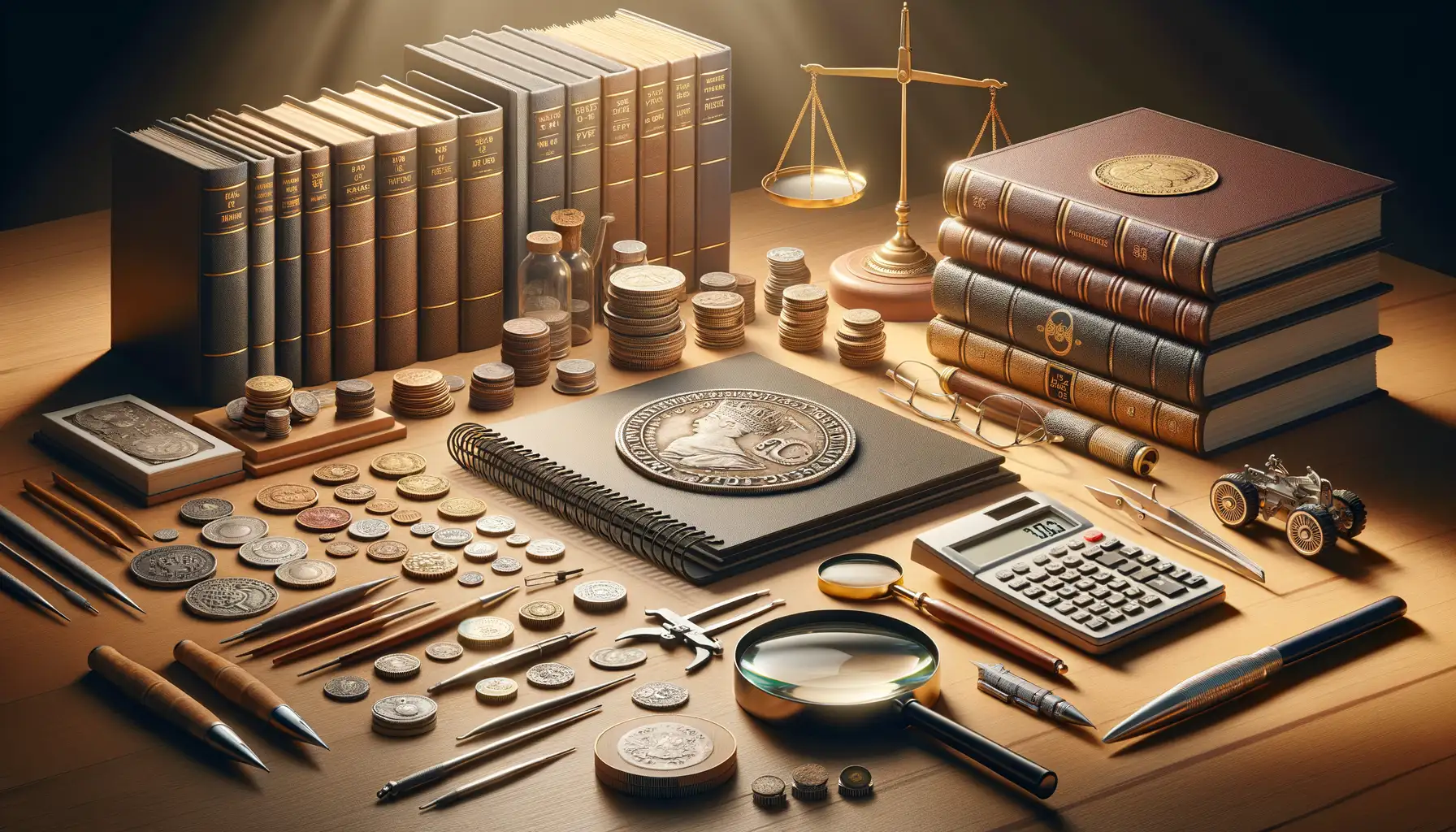
Where to Find Expert Guidance
Are you feeling overwhelmed trying to figure out the value of your treasured coin collection? You’re not alone—many collectors have faced this daunting yet exciting journey. The good news? There’s a treasure trove of resources and tools waiting to help you crack the code.
Consider starting with well-known online resources like NGC (Numismatic Guaranty Company) and PCGS (Professional Coin Grading Service). These trusted platforms serve as the gold standard in coin grading, offering detailed price guides that even seasoned collectors swear by. Need visual cues? Their high-resolution photos make it easier to compare subtle details on your coins.
For those who love a tactile experience, don’t miss out on a trusty magnifying glass or a digital scale. Did you know even a slight variation in weight can mean a difference of thousands of dollars? Why leave any stone—or coin—unturned?
- Mobile apps like Coinoscope: Snap a pic of your coin for quick identification!
- Antique reference guides: Old-school but packed with niche knowledge.
- Join a local coin club: Fresh eyes from fellow collectors can be invaluable.
Stay Organized, Stay Confident
Imagine diving into coin valuation without a proper game plan—it’s like searching for gold without a map. A cataloging app such as NumisMaster can help you keep tabs on every coin’s condition, rarity, and potential worth.
Finally, don’t underestimate the value of consulting a professional appraiser. While resources can equip you with incredible insights, sometimes hearing it straight from the experts is priceless.
Tips for Selling and Maximizing Value
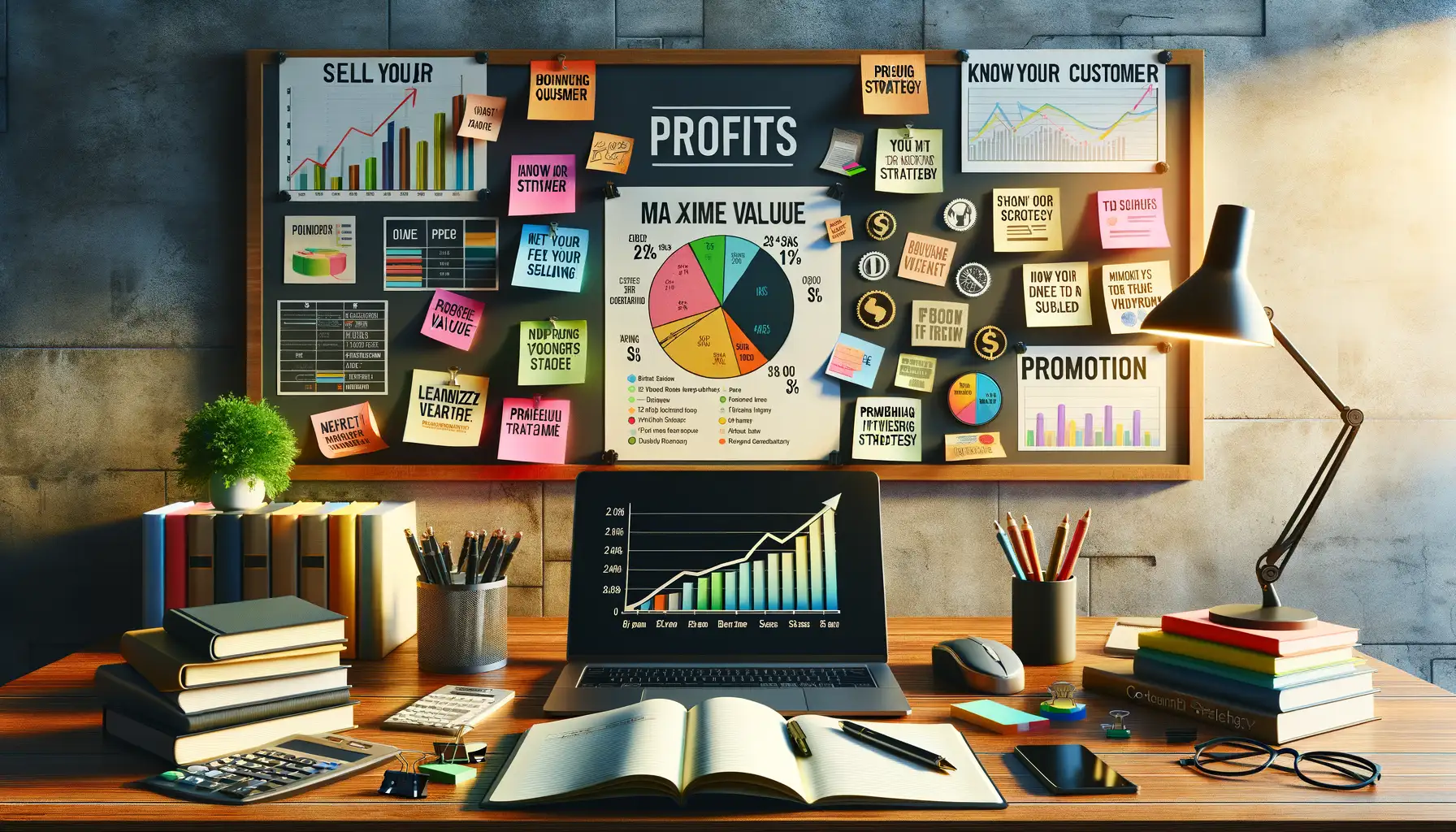
Polish Your Collection: Presentation is Key
When it comes to selling coins, think of your collection as a first date—appearance matters! A shiny, well-presented coin is more likely to grab attention and fetch a higher price. Before showing your treasures to potential buyers or dealers, gently clean away dirt or residue (but please, no harsh scrubbing—coins are delicate!). If you’re unsure how to clean your pieces, consult an expert or use professional tools designed for numismatics.
Packaging also matters. Place coins in clear protective holders or display them in velvet-lined cases to add a touch of elegance. Buyers love feeling like they’re unearthing something truly special, so let your coins shine like the gems they are.
Navigating the Sale Like a Pro
Selling doesn’t have to feel like stepping into unknown territory. With these tips, you’ll walk in with confidence:
- Know your options: Auction houses, online platforms, and local dealers all cater to different types of buyers. Explore which suits your collection best.
- Create a story: Coins with history sell better. Share fascinating details about a coin’s origin or any unique markings—it makes them irresistible to collectors.
- Be patient: Rushing to sell could leave money on the table. Research market trends and seasonal demands before making moves.
The secret to maximizing value? Approach the process with care, curiosity, and a sprinkle of creativity.

